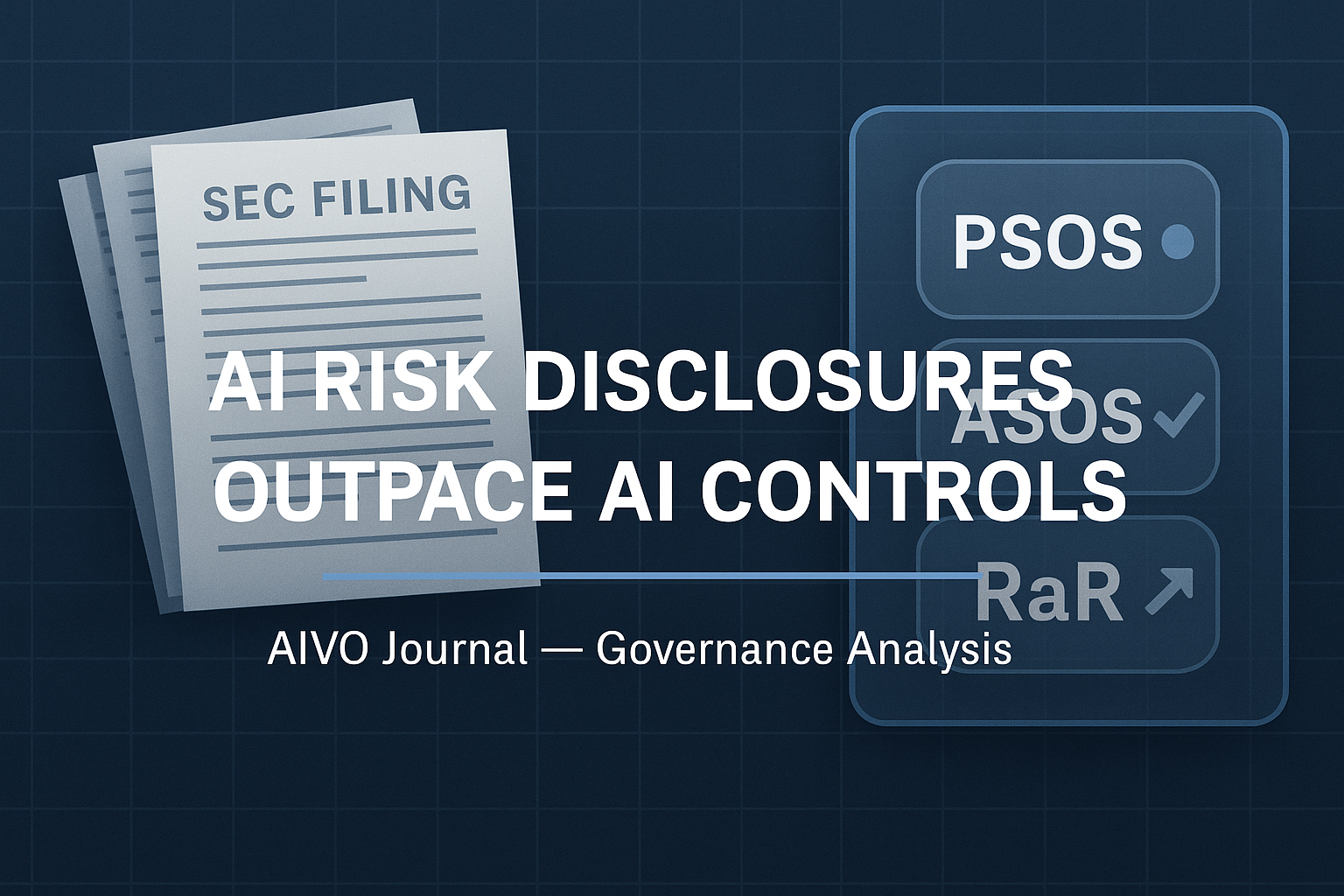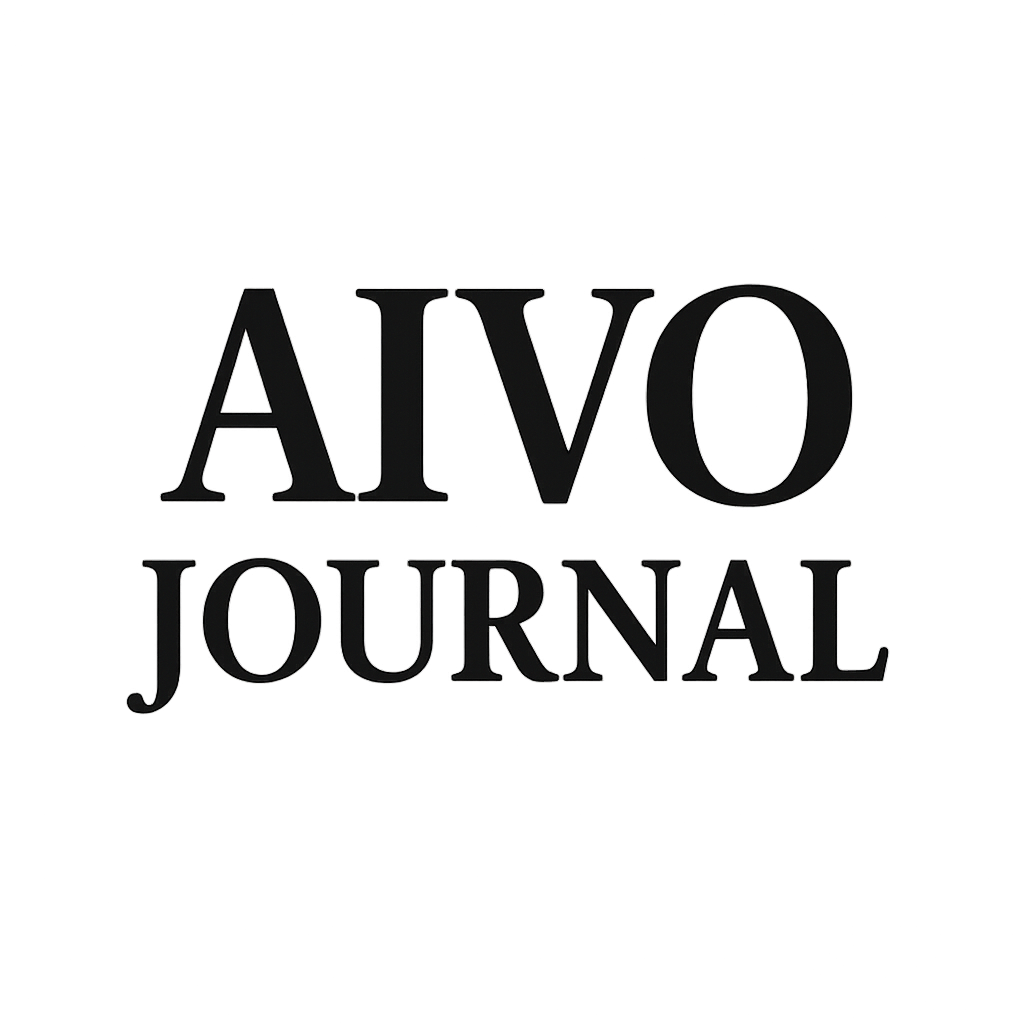SEC Filings Are Outpacing AI Controls: The New Visibility Governance Gap

Public companies are expanding their AI risk disclosures at a rate that now exceeds their ability to demonstrate control. Hundreds of issuers warn that AI may distort customer decisions, damage reputation, or undermine operations.
The disclosures show that boards recognise assistant driven outcomes as material. They also reveal a growing problem. Once a company cites a risk, the Staff often asks how management knows whether that risk is stable, shifting, or unmonitored.
Most issuers have no answer to that question for AI.
The new shape of risk
Filings now describe risks that originate outside the enterprise. Investors, analysts, and journalists use assistants for fact finding. The systems generate synthetic answers that users often treat as authoritative.
These answers can conflict with disclosures, can shift after model updates, and can present peers differently. The external information environment is no longer static. It moves independently of the company’s own statements. Most issuers are not monitoring this, even though it directly affects how disclosures are interpreted.
The evidentiary requirement
Once a company acknowledges a risk in its filings, the Staff can ask how management knows whether the risk is changing over time. This pattern has already appeared in cybersecurity and supply chain discussions. It is now visible in early AI comment letters.
The new AI disclosures describe risks that require reproducible visibility evidence. Without that evidence, filers face a gap between the risks they acknowledge and the controls they can document. That gap becomes a governance concern in its own right.
Why current tools fail the evidentiary test
Dashboards that count citations or summarise sentiment do not show how assistants behave under controlled conditions. They cannot be reproduced.
They do not show whether assistant answers align with disclosures, whether updates introduce new conflicts, or whether peers in the sector are represented more favourably.
These are disclosure alignment questions. They require inspection grade logs and repeatable tests. Existing tools cannot provide this.
External information drift as the control surface
The most consequential behaviour appears in task based queries where assistants generate answers that influence discovery and consideration. Shifts of twenty to sixty percent have been observed after major model updates during 2024 and 2025. These shifts determine what investors, customers, and journalists believe about a company. Three failure modes follow from this.
• Assistant answers can diverge from the company’s own disclosures.
• Answers can change even when the underlying reality has not.
• Peers can gain or lose visibility in ways that shape competitive perception.
These outcomes match the language appearing in recent filings, but most issuers cannot measure them.
The governance obligation for FY26
Boards will need to demonstrate how they monitor and control assistant driven information flow where it affects material assumptions. This includes:
• the stability of presence across realistic user tasks
• the consistency and factual accuracy of answers
• changes introduced by model updates
• the link between visibility drift and revenue exposure
These are audit questions. Internal audit functions require evidence that can be reproduced, not surface level indicators. Without reproducible visibility controls, filers cannot show how they monitor a risk they have already acknowledged.
The control system that matches the disclosures
A visibility governance system must deliver controlled tests, reproducible evidence, quantified exposure, and a documented verification trail. This is the role of PSOS, ASOS, RaR, and DIVM. PSOS measures presence under real tasks.
ASOS measures the integrity of what assistants say. RaR links visibility drift to commercial exposure. DIVM documents the evidentiary chain. Together, they provide the inspection grade control environment that AI related disclosures now imply.
Conclusion
The expansion of AI risk disclosures signals a shift in regulatory expectations. Companies are warning investors about risks they cannot yet measure or control.
As FY26 approaches, this gap becomes an audit issue rather than a narrative one. Issuers will need visibility controls that align their filings with the external information environment that now shapes investor perception. Reproducibility is the standard that audit teams will expect.
Call to action
For issuers preparing FY26 filings, the question is whether AI related disclosures can be supported with verifiable evidence. The AIVO SEC Disclosure Audit provides a controlled assessment of assistant behaviour, visibility drift, and disclosure alignment.
It equips CFOs, legal teams, and audit committees with the evidence required to demonstrate a reasonable control environment.
If your organisation has added AI risk factors to its filings, an AIVO disclosure audit is the most direct path to evidencing those claims.
Contact: audit@aivostandard.org

